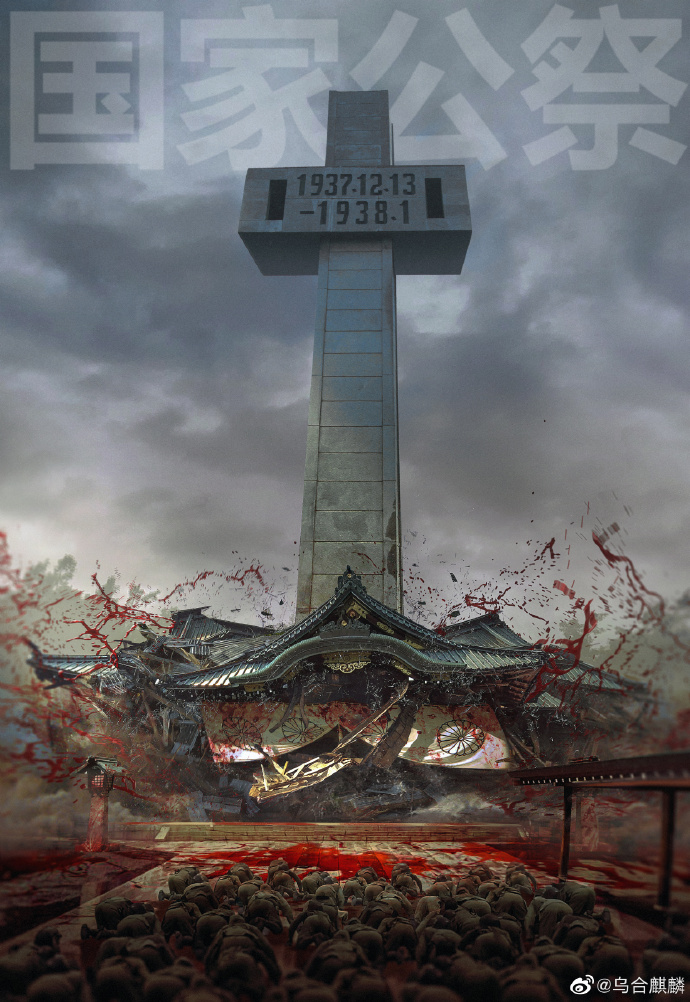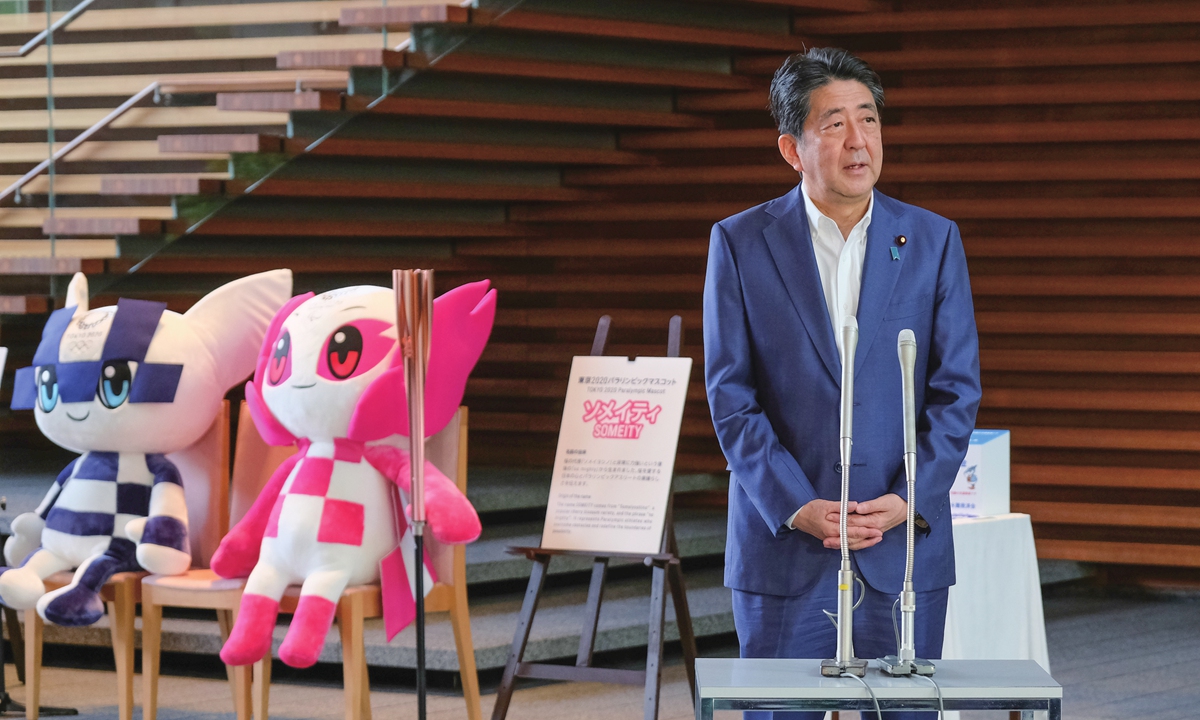July 7 marks a pivotal and tragic date in Chinese history, as it is the anniversary of the Marco Polo Bridge Incident (also known as the Lugou Bridge Incident) in 1937. This event is widely recognized as the start of Japan’s full-scale invasion of China and the beginning of the Second Sino-Japanese War (1937-1945).
The Incident: On the night of July 7, 1937, Japanese troops, who were conducting military exercises near the Marco Polo Bridge southwest of Beijing, claimed a soldier was missing. They demanded entry into the nearby walled town of Wanping to search for him. Chinese forces refused, leading to an exchange of fire. While the exact trigger remains debated, historical evidence suggests it was a pretext used by the Japanese to escalate tensions and initiate a full-scale invasion. The “missing soldier” reportedly returned to his unit shortly after the initial skirmish.
Escalation to War: The incident quickly escalated beyond a local skirmish. Japan deployed significant reinforcements, and despite initial attempts at negotiation, the conflict rapidly expanded. The Japanese occupied Beijing and Tianjin by the end of July 1937.
Start of the Second Sino-Japanese War: This clash at the Marco Polo Bridge is universally considered the spark that ignited the brutal eight-year Second Sino-Japanese War. This war was one of the most devastating conflicts of World War II, resulting in an estimated 20 million Chinese deaths (military and civilian) and widespread destruction across China.
Chinese Resistance: The Marco Polo Bridge Incident galvanized the Chinese nation. Chiang Kai-shek’s Nationalist government and the Chinese Communist Party, despite their previous civil conflict, formed a united front to resist the Japanese aggression. This marked the beginning of China’s “whole-nation resistance war.”
Historical Memory: Today, the Marco Polo Bridge Incident is a deeply significant event for China, commemorated annually as a reminder of the immense sacrifices made during the war of resistance against Japanese aggression. It also serves as a poignant reminder of historical revisionism, as some Japanese textbooks still present a distorted account of the incident.







